Church of the Blessed Virgin Mary of the Scapular in Druskininkai

247

0

0
The Church of the Blessed Virgin Mary of the Scapular in Druskininkai was built on the site of an old chapel, which may have been initiated by the architect of the Grodno Governorate. The new church building, started in 1912, was completed only in 1931 and has remained unchanged since. Its architecture is in the neo-Gothic style, featuring a red brick facade and large pointed windows. The church is renowned for its art monuments, stained glass windows, and its strong connection with important figures, such as M. K. Čiurlionis' father and priest Juozas Vaičiūnas.
Info
-

Religious Heritage
-
Druskininkai
Whats new?
Nearby attractions
Nearest museums

 Entertainment
Entertainment
 Food establishments
Food establishments





























 54.017222, 23.974728
54.017222, 23.974728
 Get directions
Get directions








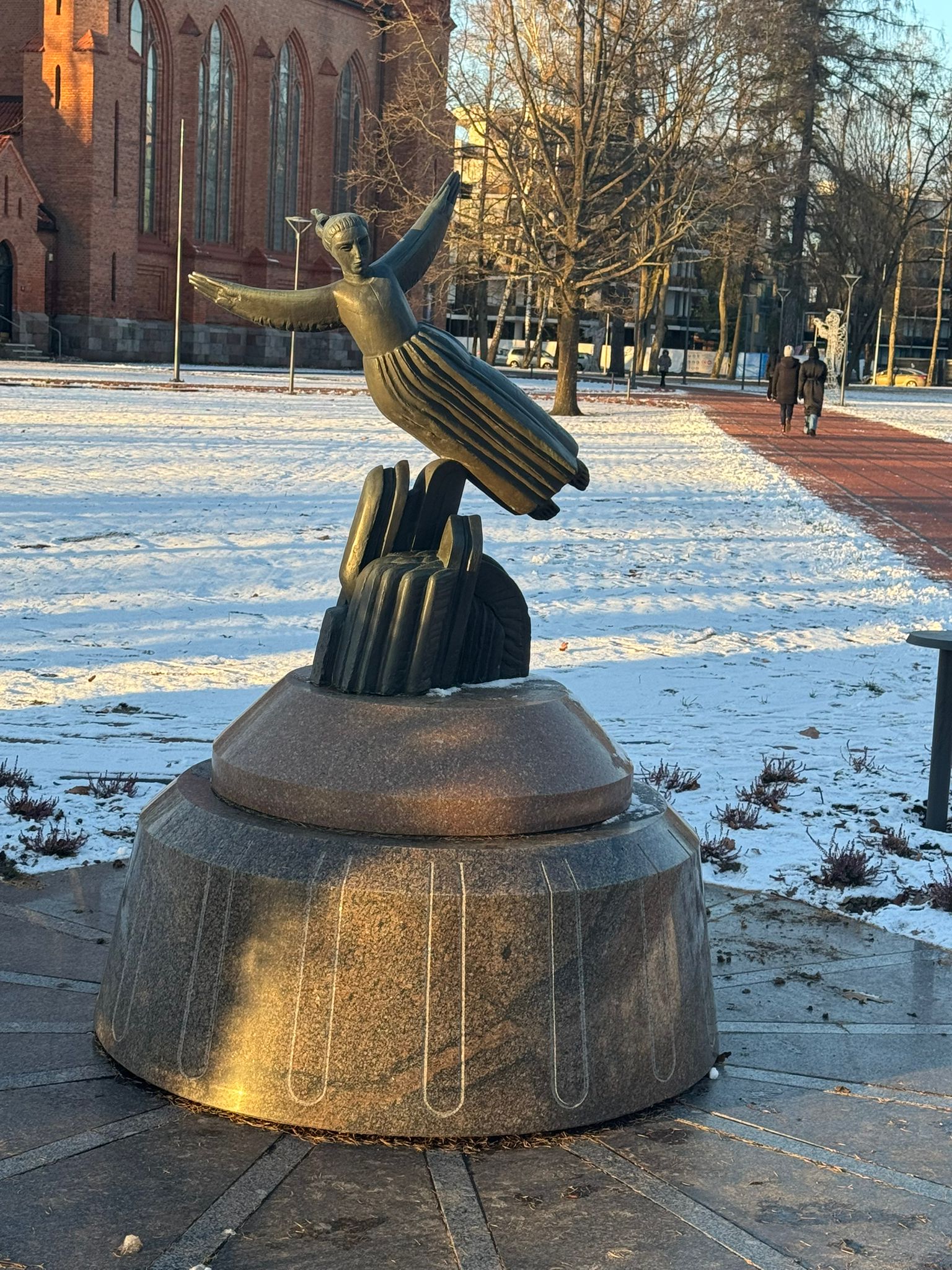
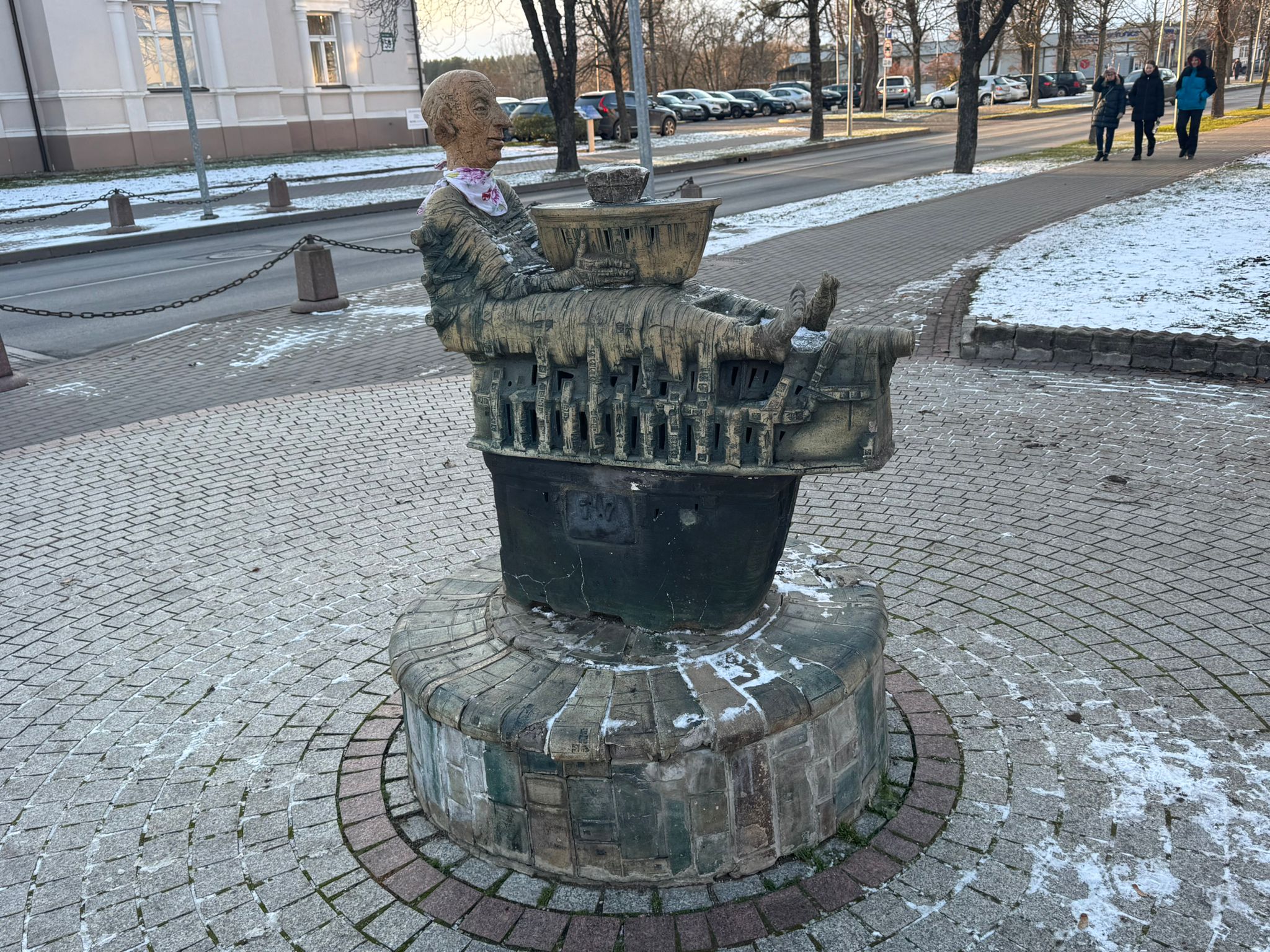
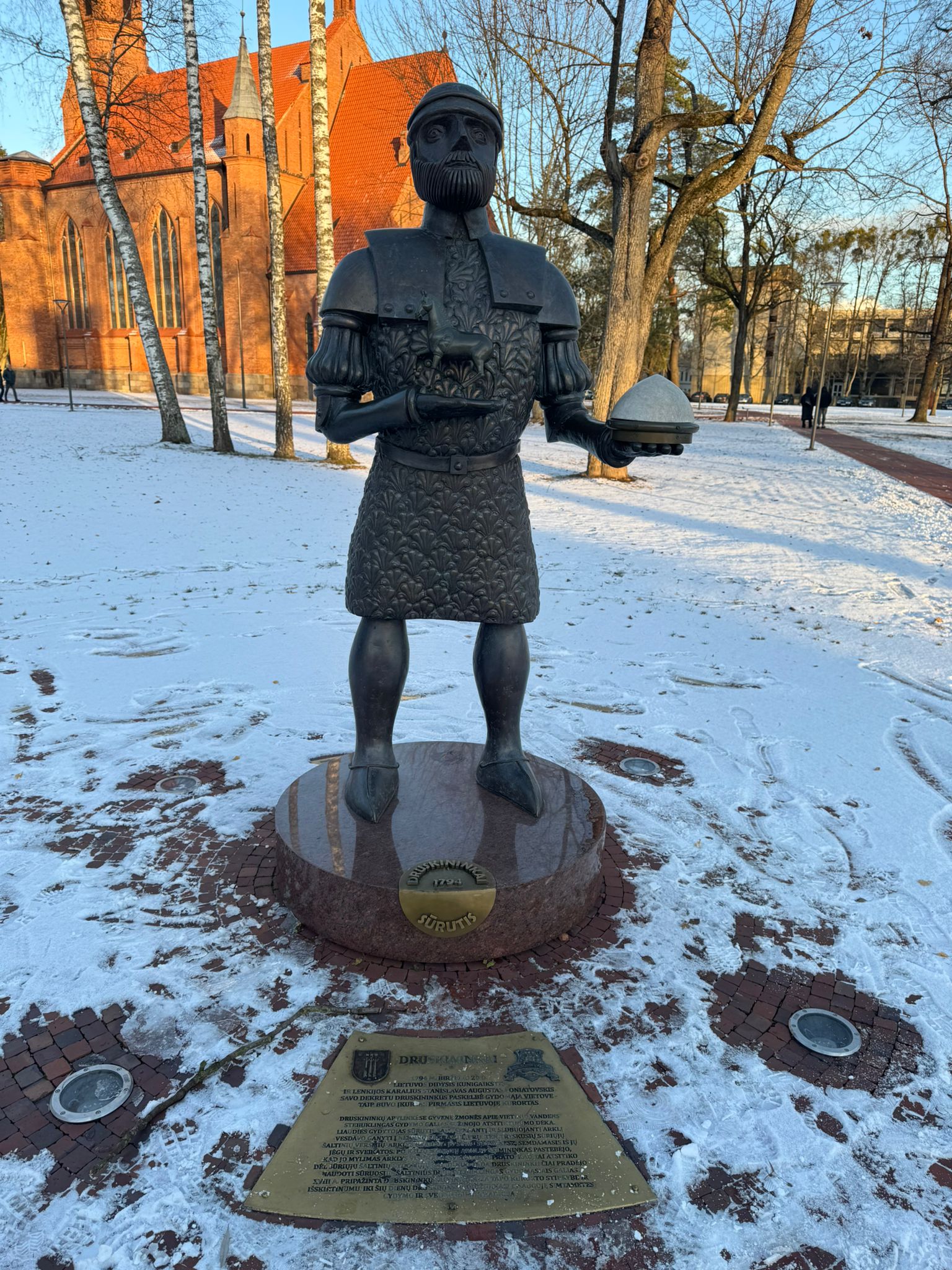
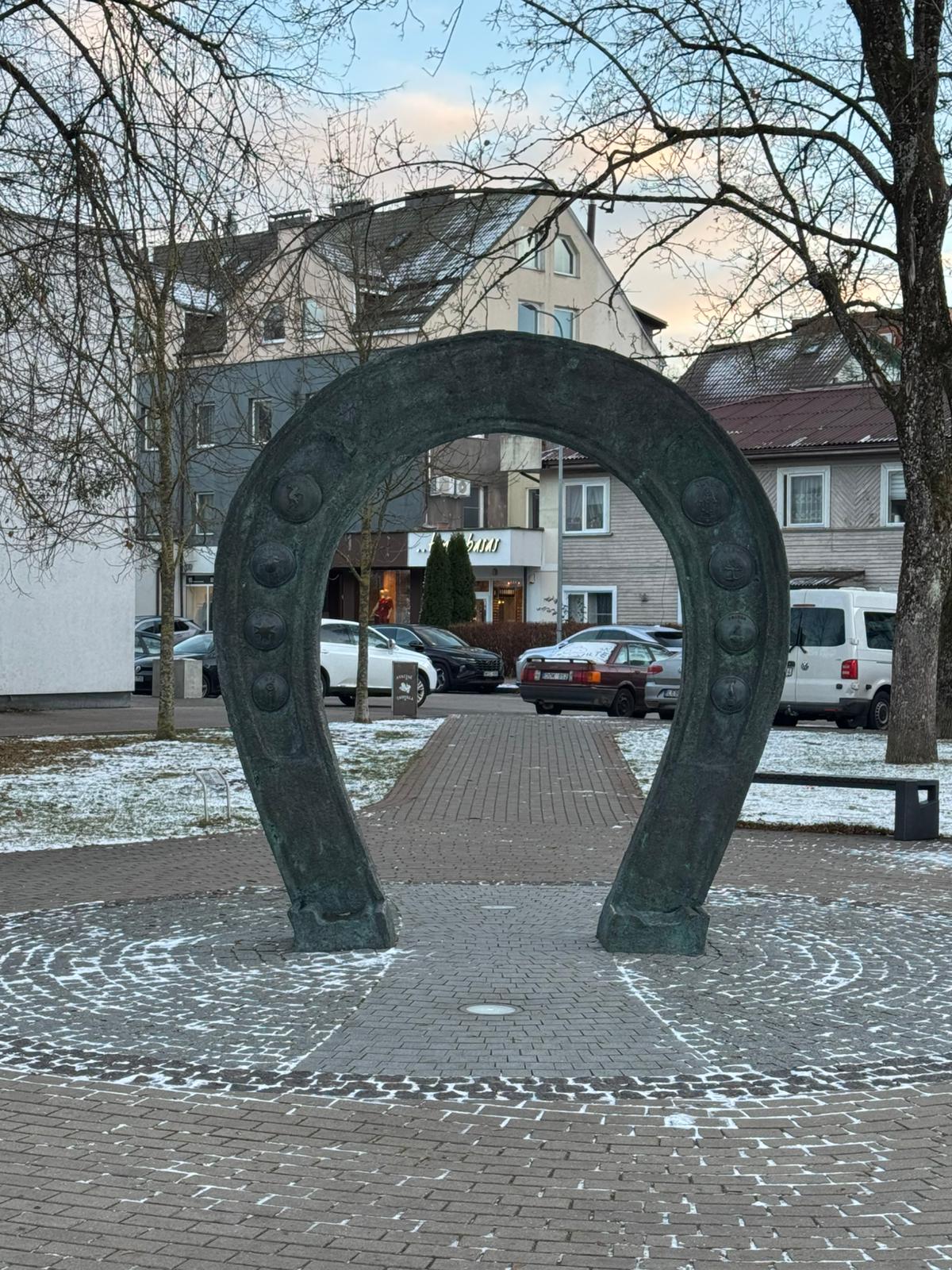

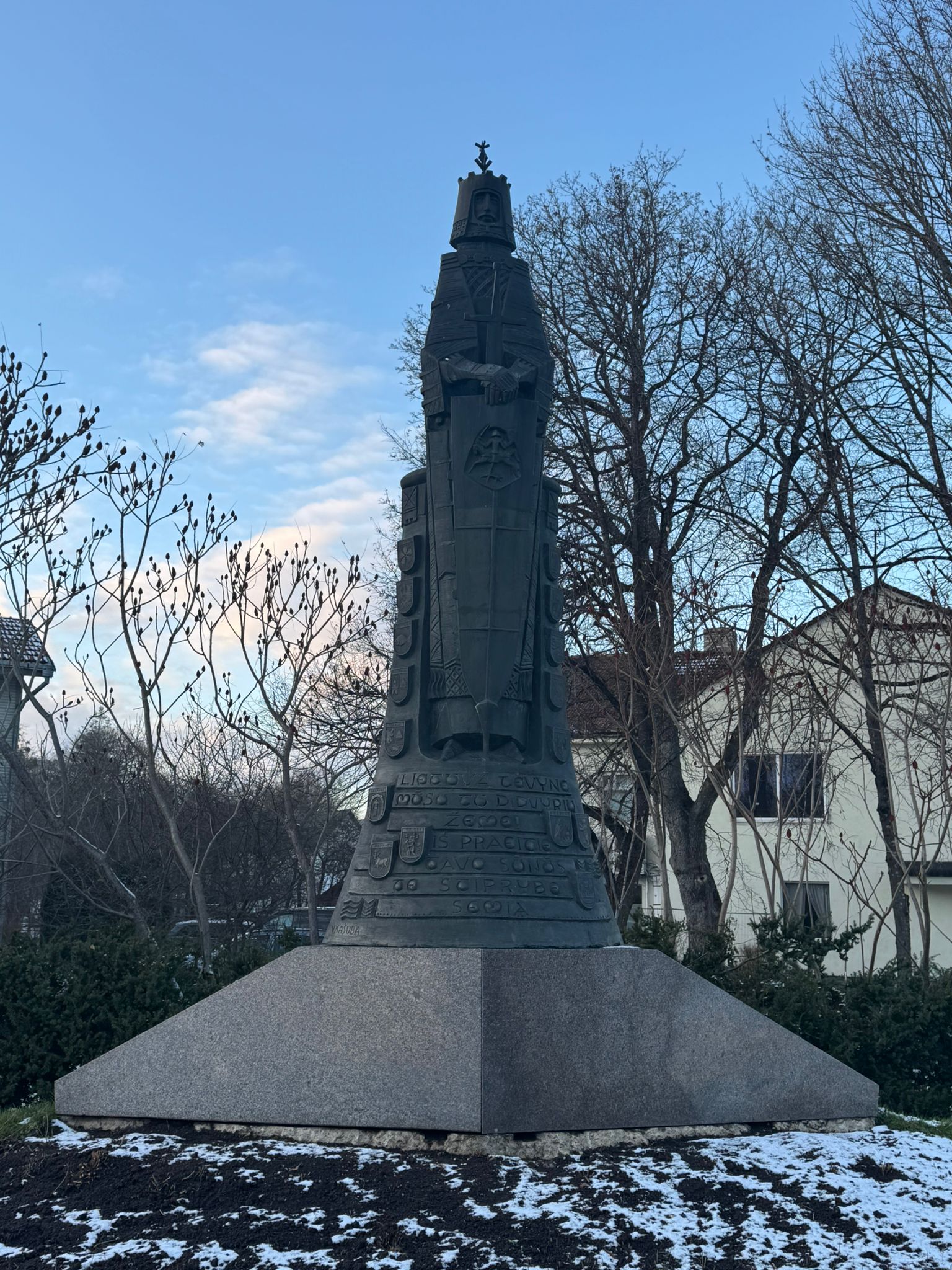
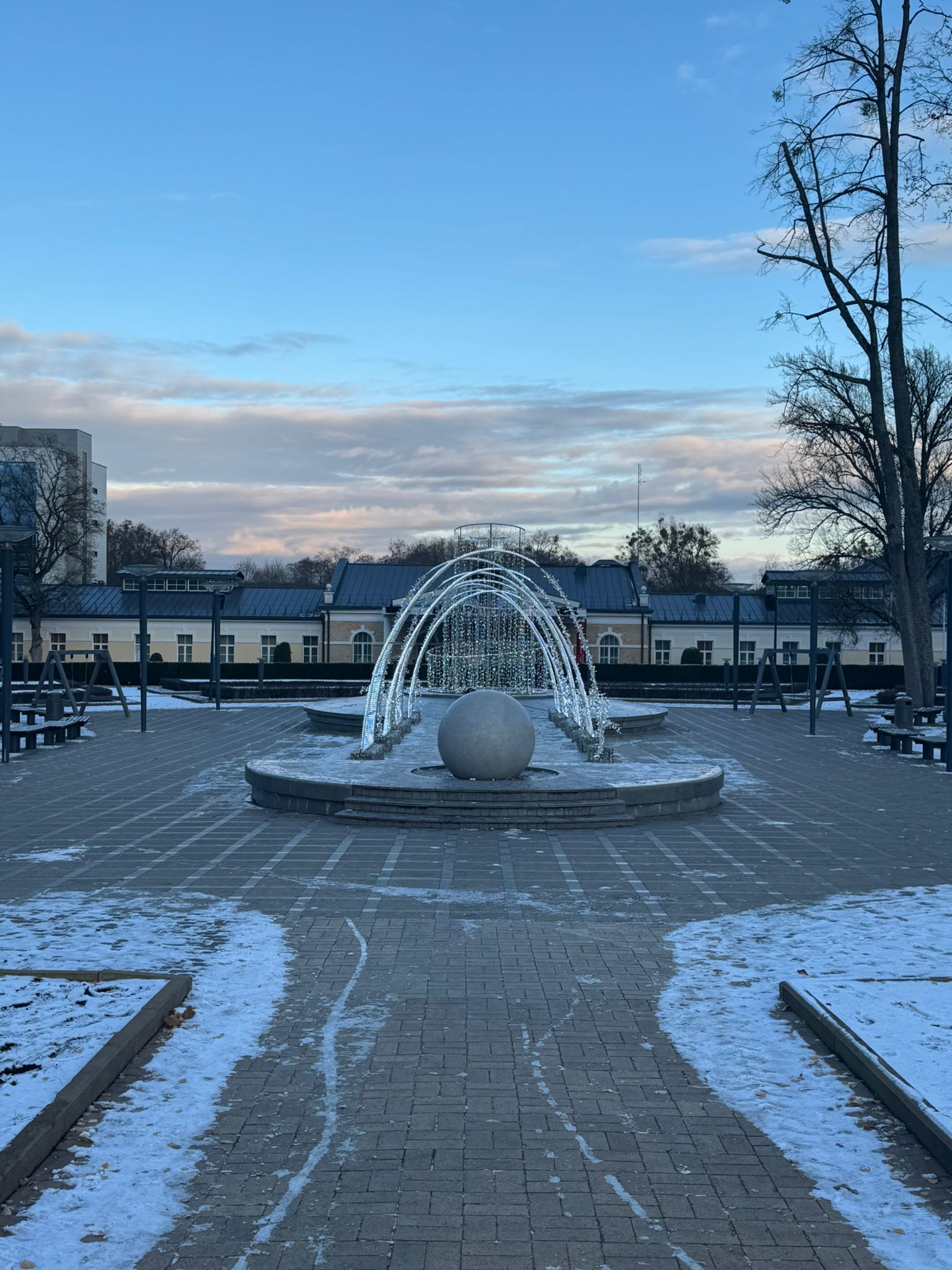
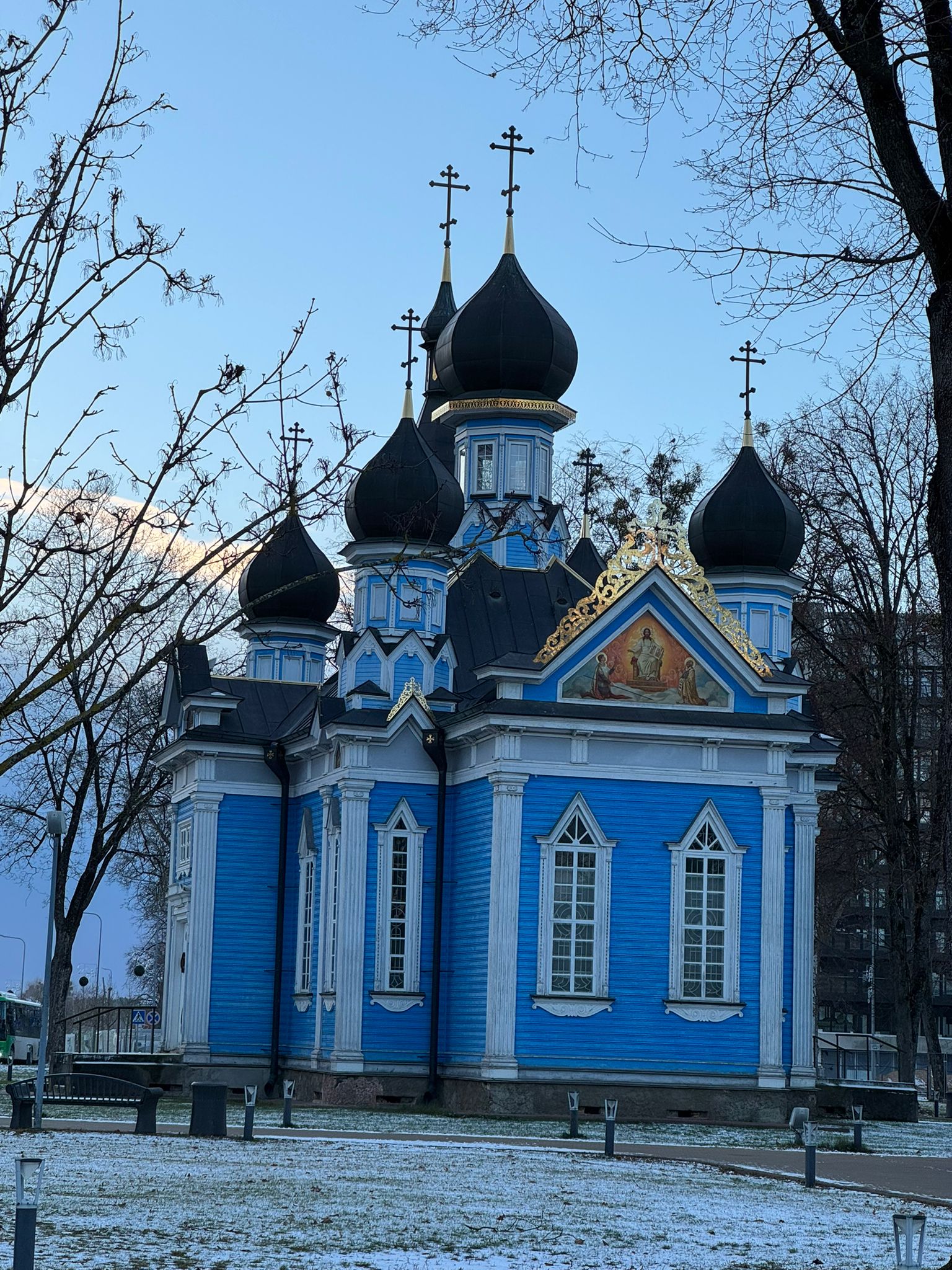
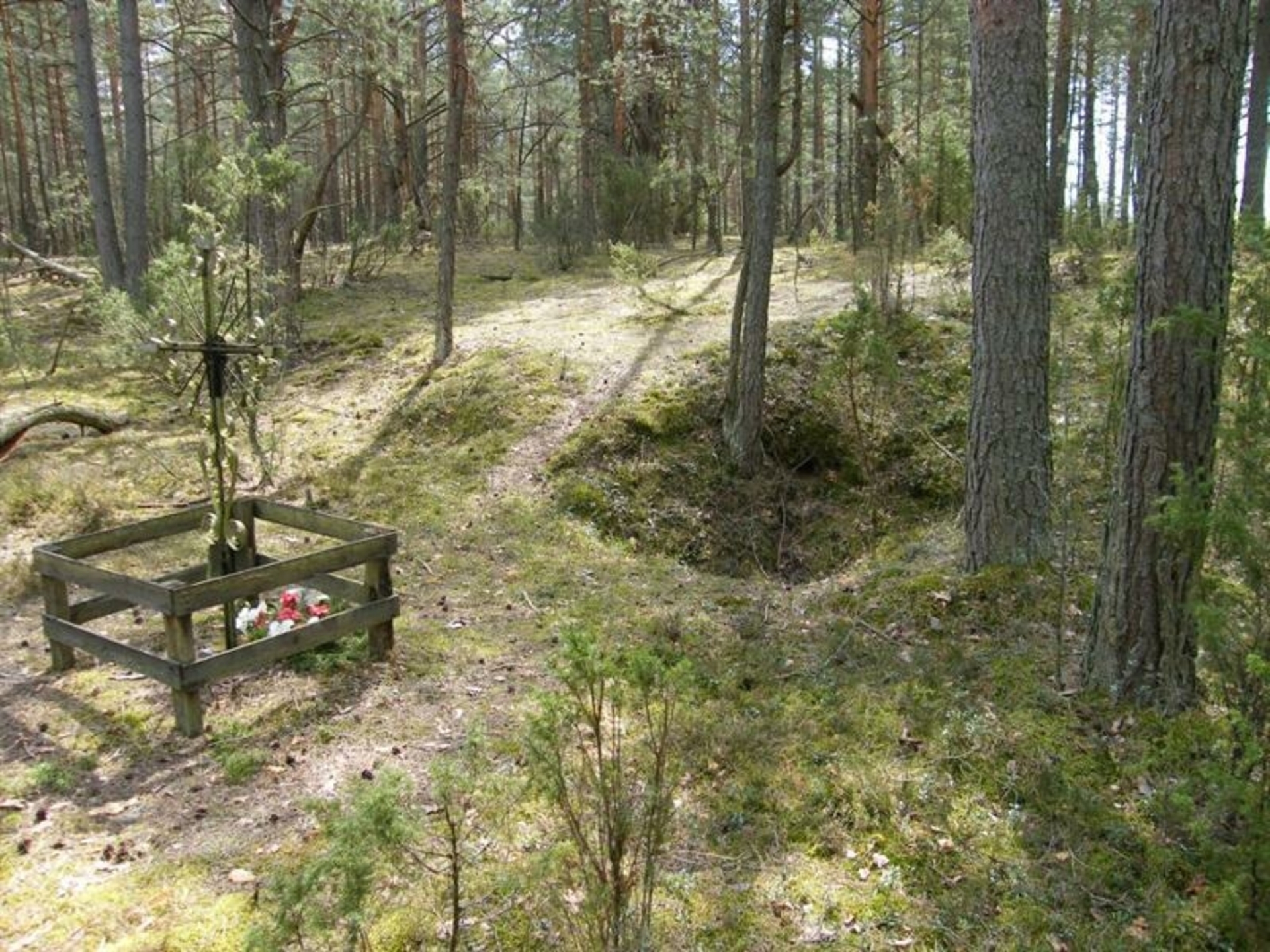
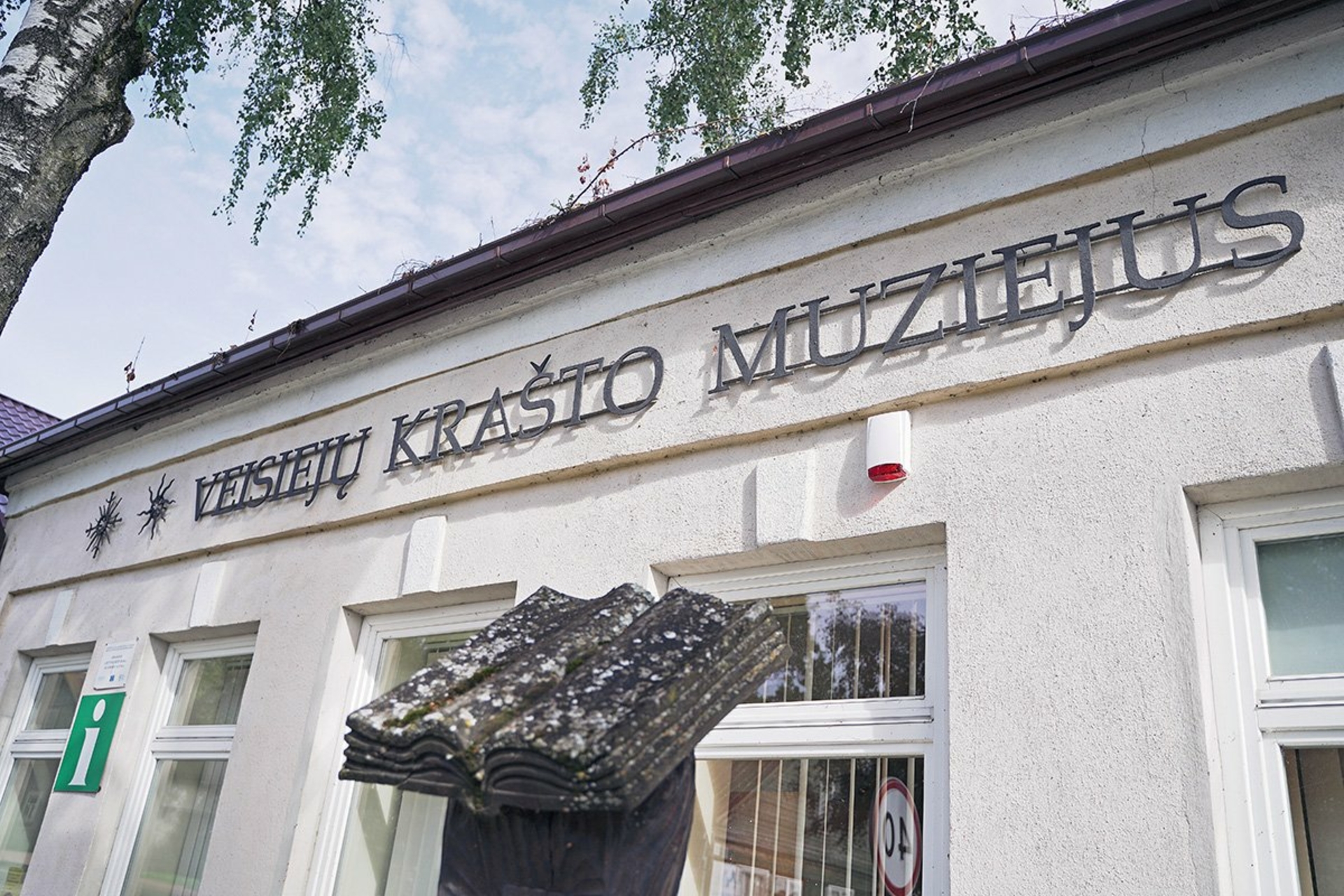
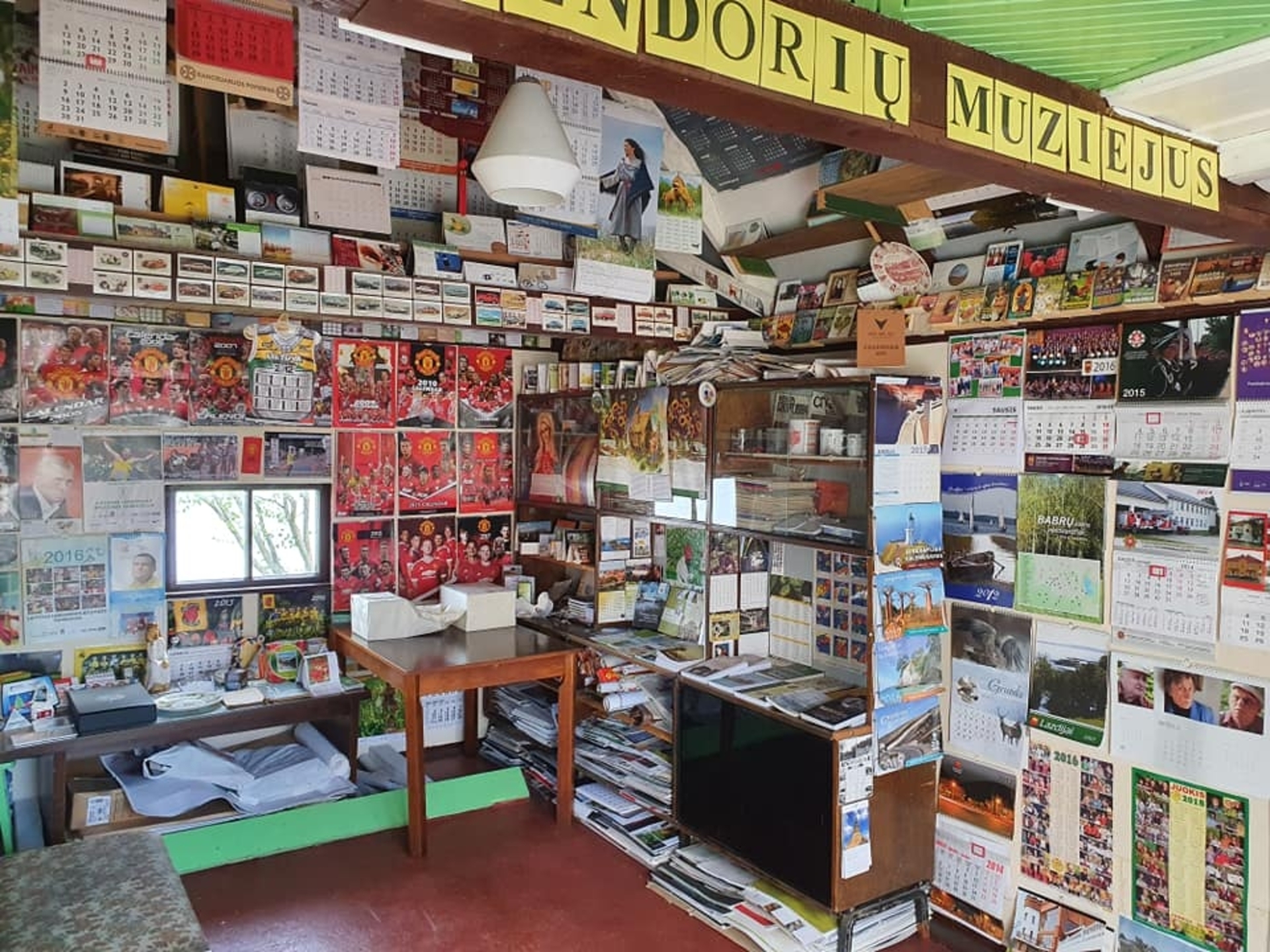

.jpg)